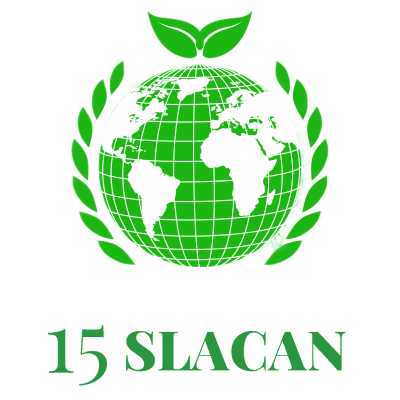Anais do 15° SLACAN - Simpósio Latino Americano de Ciência de Alimentos e Nutrição
Is it possible to use cashew gum as an alternative biopolymer to partially replace the sodium alginate in lipase immobilization?
Como citar esse trabalho?
Para citar este trabalho use um dos padrões abaixo:
Como citar esse trabalho?
Ionic gelation has been standing out as a promising method for enzyme immobilization, mainly due to the mild process conditions. In view of this, the search for new biopolymers to be used as wall materials has also stood out in the last few years. In this context, this work aims to study the effect of sodium alginate replacement by cashew gum in lipase immobilization by jet cutting technique. Sodium alginate, cashew gum, and calcium chloride (200 mM) were used for Eversa® Transform 2.0 immobilization. Concerning lipase distribution in the bead, X-ray photoelectron Spectroscopy (XPS) demonstrated a uniform Nitrogen distribution across the bead with values from 4.68 to 5.93% for the bead with 2% of alginate (B1) and 6.10 to 6.98% for the bead with 1% of alginate + 1% of cashew gum in internal and external parts of the beads. Recovery activity found for both beads was 41.95±2.01 (B1) and 48.28±0.82 (B2). A maximum result of 1863 ± 308.86 (B1) and 1793 ± 335.56 U/g of protein (B2) at 30.4°C (temperature) and 10.94 (pH) were found in the study of the effect of temperature and pH on lipase activity. Scanning Electronic Microscopy exhibited that both beads had cracks, and Fourier Transform Infrared Spectroscopy (FTIR) that the immobilization process did not cause lipase changes. When the beads were used in a transesterification process (soybean oil + ethanol), free fatty ethyl esters’ yields of 37.32 ± 0.33 (B1) and 43.00 ± 2.42 (B2) were achieved. The results show the possibility of using cashew gum as a promising wall material to partially replace the sodium alginate in the lipase immobilization process.
- 1 Universidade Estadual de Campinas / Faculdade de Engenharia de Alimentos
- 2 Universidade Federal da Paraíba / Departamento de Engenharia de Alimentos
- Bioquímica e Biotecnologia de Alimentos (BB)
Discussões Científicas de Qualidade
Com ~200 mil publicações revisadas por pesquisadores do mundo todo, o Galoá impulsiona cientistas na descoberta de pesquisas de ponta por meio de nossa plataforma indexada.
Confira nossos produtos e como podemos ajudá-lo a dar mais alcance para sua pesquisa:
Como citar esse proceedings?
Esse proceedings é identificado por um DOI , para usar em citações ou referências bibliográficas. Atenção: este não é um DOI para o jornal e, como tal, não pode ser usado em Lattes para identificar um trabalho específico.
Verifique o link "Como citar" na página do trabalho, para ver como citar corretamente o artigo

